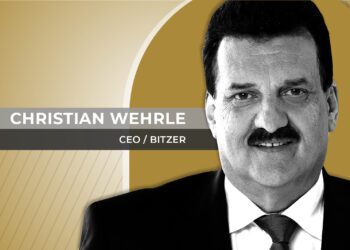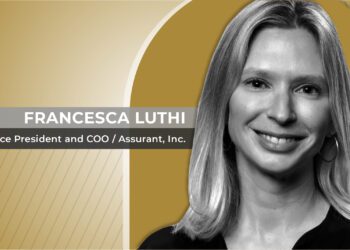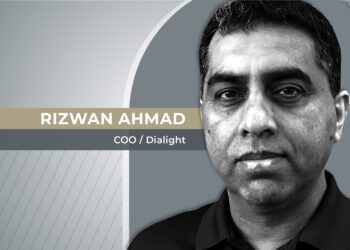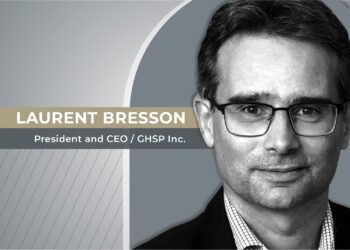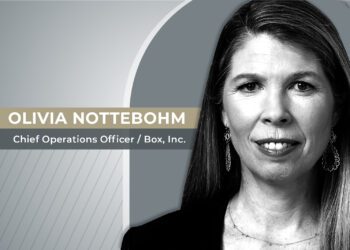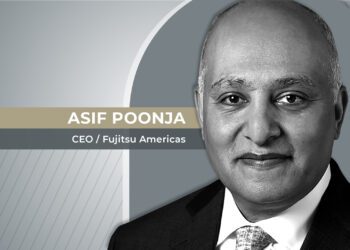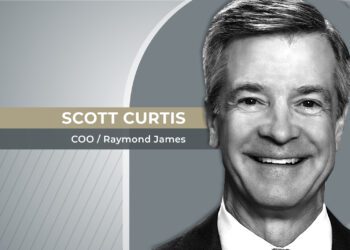CEO Larry Schorr is leading the organizational restructuring of SIMONA AMERICA for the future.
After Larry Schorr sold his Ohio based company, Boltaron Performance Products, to SIMONA AG in 2014, the SIMONA management team in Germany not only invited him to carry on as its CEO—a position he had held for ten years prior to the transaction—they also asked him to head their existing company in the USA and another company they had recently added to their US assets, Laminations, Inc. Under Schorr’s leadership, the company acquired a third manufacturer, Premier Material Concepts, LLC in 2018 and established a single management structure for all North American Operations—the SIMONA AMERICA Group. Today, they are a leading global manufacturer and distributor of thermoplastic semi-finished sheet materials, as well as pipes and fittings.
“When I took on the appointment, it was an interesting time because I obviously knew my own business very well, but I was taking on two other companies that were less familiar,” Schorr told CEO Magazine in an exclusive interview. “So, it took me a little time to understand those businesses and, in fact, part of our strategy was to combine them into one management structure in three locations, so I spent the next couple of years bringing them together. My experiences managing several other private and public companies, and my 35 years as a director of a multi-billion-dollar NYSE company, helped guide me through this process.”
With three operating companies in North America the SIMONA AMERICA Group is the US subsidiary of SIMONA AG, a diversified plastics manufacturer offering sheet products focused on providing thermoplastic solutions and world class customer service to US-based, as well as international clients, in diverse markets. In 2018, SIMONA AG as a whole enjoyed revenues of $493 million worldwide. SIMONA AMERICA Group made up more than 28% of global sales with revenues of $134 million.
“The opportunity I saw at that moment was to try to gently but systematically create a single culture of success,” Schorr recalled on his appointment as CEO and a member of the Global Management Team of SIMONA AG. “We had a European culture that was existent in our parent company, we had different flavors of American culture that had developed in the new subsidiaries of SIMONA we had acquired, and we had the culture my partners, Dr. Dean Li, Adam Mellen, and I, had created in SIMONA Boltaron. When you get the culture right in a company, everything else seems to work out as well.”


A flexible response
SIMONA AMERICA Industries, Archbald, PA produces thermoplastic sheet, solid rod, and welding rod made of PE, PP, rigid, and expanded PVC, as well as fluoropolymers, including PVDF, E-CTFE, and PFA. The product range provides consistently high quality solutions for the chemical process and semiconductor industries and the orthopedic and prosthetic device market, as well as for applications in outdoor playground structures, signage, furniture, and the marine industry.
Under Schorr’s leadership, SIMONA AMERICA Group is managed by one management and technical leadership group and is poised to streamline and improve its North American operations and position itself for future growth, including through making further acquisitions. Schorr used the example of SIMONA BOLTARON to explain how this streamlining is taking place.
“SIMONA BOLTARON is a niche player in the aviation interior market, which, although highly profitable, is a market dominated by just two companies in the world. The traditional SIMONA manufacturing companies were more commodity oriented, so it was about balancing specialized, high-margin manufacturing businesses and markets with moderate margin, high volume businesses, and I think we’ve done a good job. We’re profitable in all our entities, and we’ve been growing our market share substantially these past five years (…) We exist in industries where there are very large companies, some very small ones, and some medium sized companies (…) “A mid-sized company like SIMONA has the advantage of being very flexible in responding quickly and changing what we do if the customer needs us to change.”
Schorr views the company’s US growth opportunities as several. One is simply to grow market share in their commodity businesses by increasing capacity and investment. Meanwhile, in their higher margin, low volume technical businesses, SIMONA is currently looking to optimize their supply chain through vertical integration as well as take on acquisitions that fit the company’s strengths.
“For example, we make plastic sheet, but that sheet is then fabricated, thermoformed, or made into a part,” Schorr explained. “So, if we can help our customers by reducing their vendor number by improving our quality and taking over more responsibility, I think we have an opportunity to grow market share and volume that way.”
Globalizing best practices
According to Schorr, another key move SIMONA is currently undertaking is to globalize its various operating processes in everything from best practices and R&D to its purchasing model, with a view to identifying efficiencies, as well as establishing more financial discipline.
“The leadership on this comes from Europe, but SIMONA is not a parent company that’s dominating us or trying to tell us what to do, we’re trying to achieve this globalization of skills together,” he insisted. “For example, R&D is critical to all our businesses, and we have big capabilities in Europe, some in the US, and a little bit in China, and we try to figure out how to use these capabilities without duplicating them everywhere.
“One of the beliefs we’ve always had as an organization is to be a flexible, friendly company. We have a slogan that we use across all divisions, which is ‘SIMONA—a company like a friend.’ What we mean by that is that we want our customers and even our competitors to know that we really believe in a friendly, cooperative type of company, albeit a competitive one. We’re in this for the long haul. We’ve been around for 125 years, and we fully believe that a company is not just about shareholder return. It’s also about the community, the employees, the many other stakeholders in the company.”
Supply chain
Schorr was quick to stress that as a company which buys 100% of its raw materials from outside, supply chain management is a critical part of SIMONA AMERICA Group’s success, with the process guided by a supply chain purchasing manager in Germany and carried out collaboratively across all its divisions. According to Schorr, this brings SIMONA a number of benefits in terms of both technical support and the reduction of cost and waste.
“We buy our raw materials separately, but we work together in leveraging those volumes and making sure we get the best price and quality (…) As a company, we have some products where raw materials make up 60% of the cost of goods and some products where they make up 20%, and we have to make money regardless. So, we are constantly trying to get those costs lower and generate less scrap in our production, all the while maintaining the highest levels of quality. “In the chemical business, when you mix chemicals in a process that involves heat, the outcomes, or finished product, are often very sensitive to their environment (…) So, the relationship we have with our strategic suppliers helps us solve problems when the chemistry goes wrong. In our business, that is the greatest single aspect of the relationship we have with our suppliers.”
A roadmap to success
Schorr highlighted six key concepts for SIMONA AMERICA Group that are crucial to its roadmap to success: Don’t fear failure, and embrace change; think slow, but act fast; treat your associates as loving parents would treat their children; incentivize your associates with money, words, and actions of empowerment, encouragement, and trust; think strategically, act tactically, constantly correct mistakes, and be patient; and imagine the future while living in the present.
“I always promote the notion of thinking strategically but acting tactically, which to me means thinking big thoughts while still doing business every day,” he said on why those concepts hit home. “Finally, I’m a big believer in imagination. I always ask prospective employees what they imagine for themselves in the future, what they want to become, and how they want to get there. I believe that’s the same for a business like ours, or for anyone else.”



